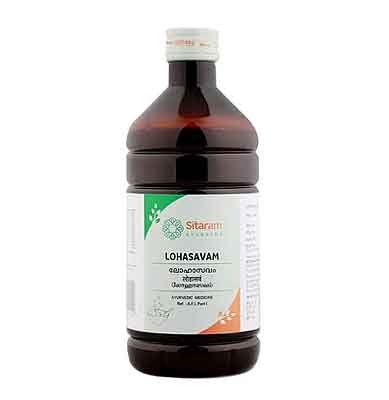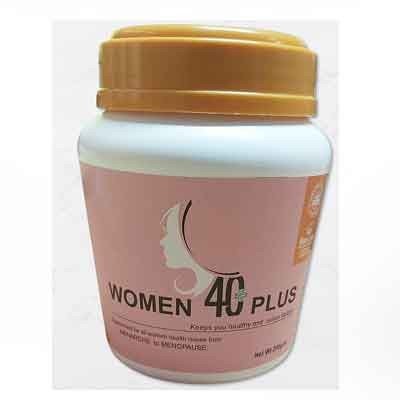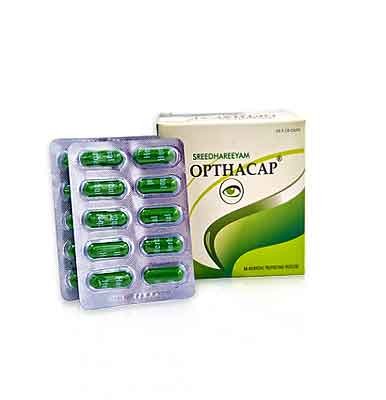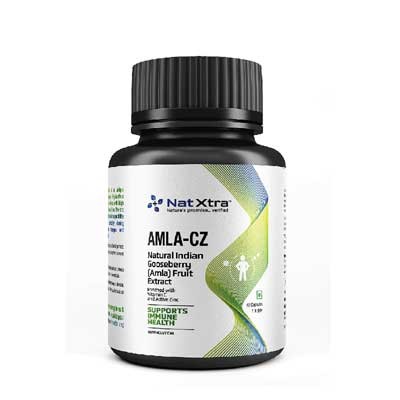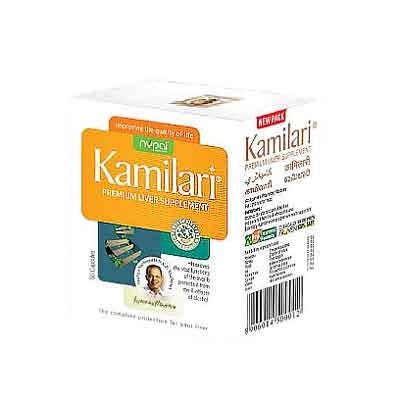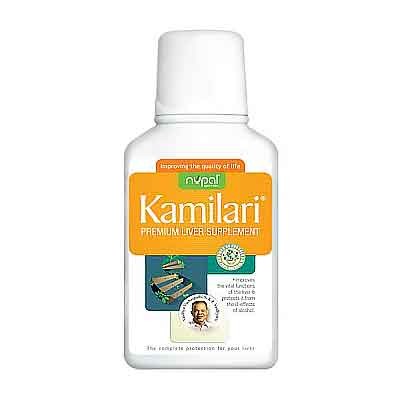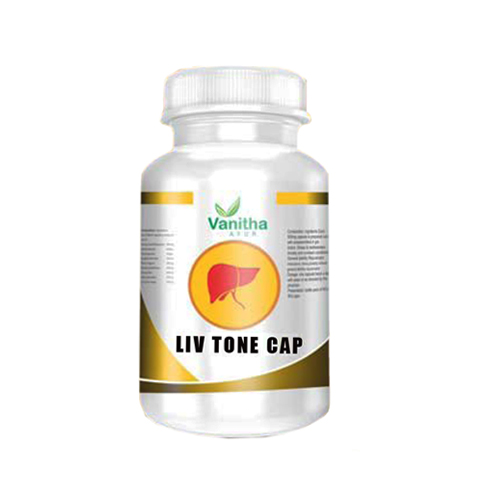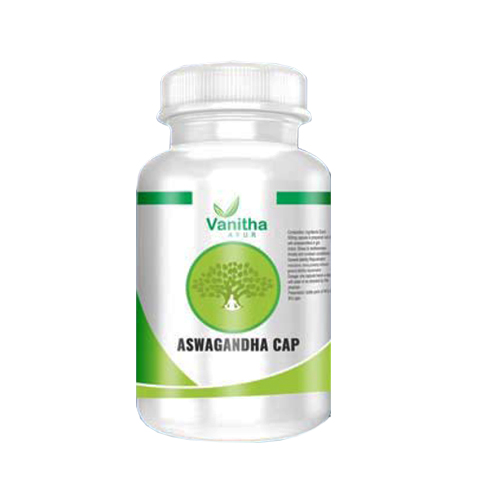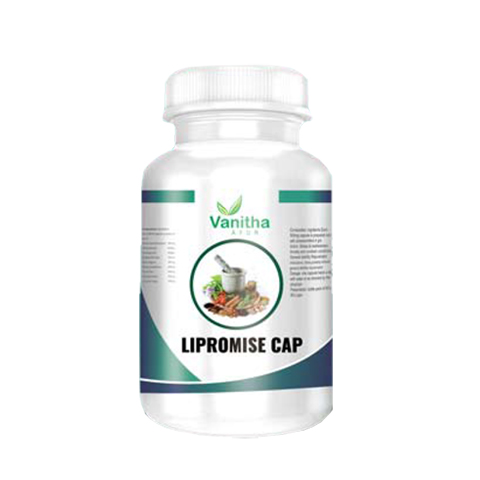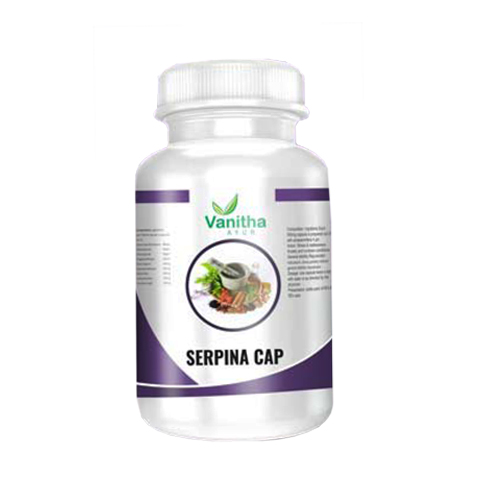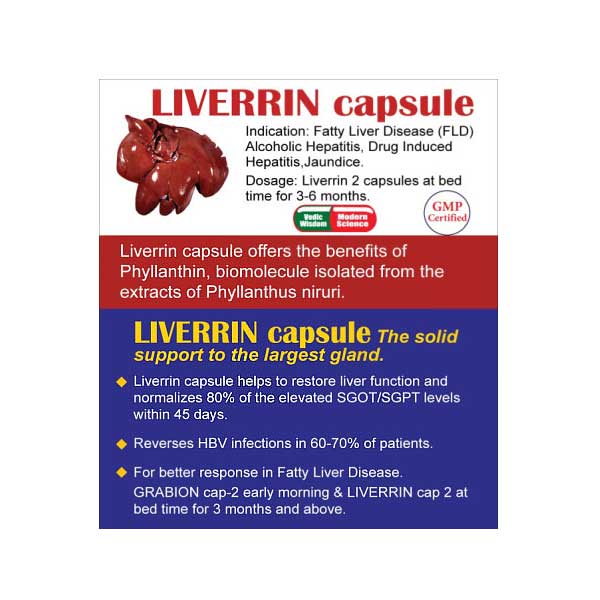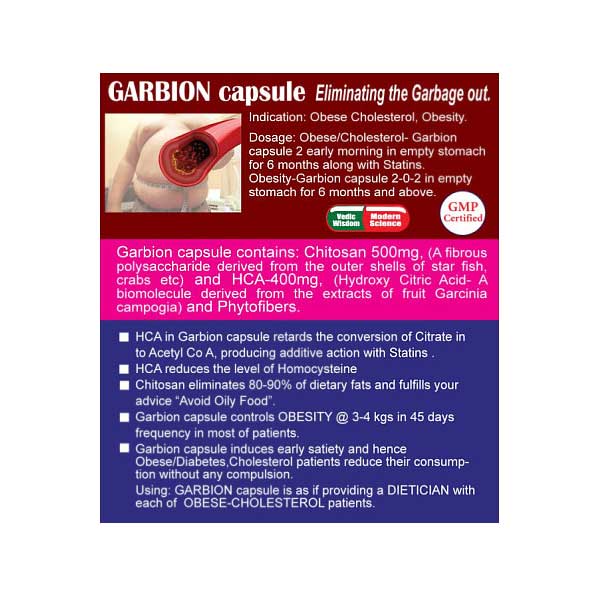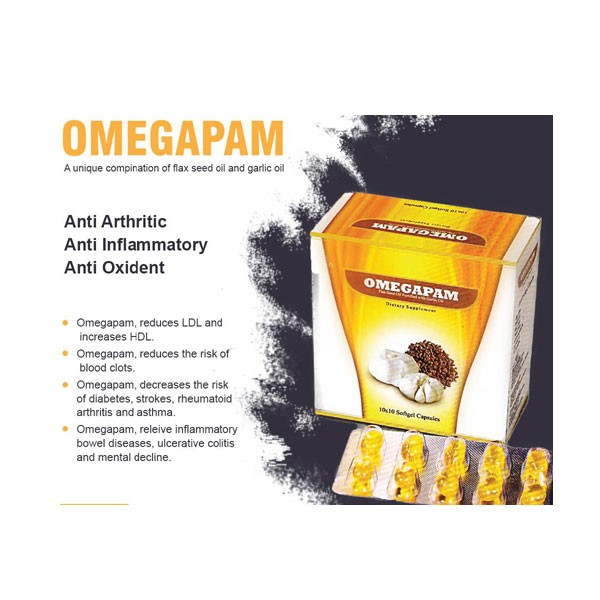- Combination of Lohachurna (purified and powdered iron filings), Nagara (Zingiber officinale), Maricha (Piper nigrum), Pippali (Piper longum), Hareethaki (Terminalia chebula), Vibheetaki (Terminalia bellirica), Amalaki (Embilica officinalis), Yavanika (Trachyspermum ammi), Vidanga (Embelia ribes), Mustaka (Cyperus rotundus) and Chitraka (Plumbago zeylanica) in a mildly alcoholic and sweet base of jaggery and honey.
- Iron deficiency manifests in the body at multiple levels. Cosmetic problems like hairfall; dry & pale acne-prone skin; chapped nails are superficial signs while breathlessness, chronic fatigue, weight gain, whole body edema, poor liver function etc are more serious symptoms.
- Lohasava is an excellent source of iron to supplement your dietary intake of iron and maintain optimal levels of iron in the body.
- It improves liver health and metabolism. Is effective in managing lifestyle diseases like uncontrolled blood pressure, poor thyroid function, increased blood sugar, abnormal weight gain etc.
- Easy to digest, quick-acting alcoholic base makes it palatable to kids and adults alike.
Dosage
Adult: 25-30 ml twice or thrice daily after food.
Child: 10-15 ml once or twice daily after food.
Key ingredients and their features:
GUDA
Jaggery is known to produce heat and provides instant energy to the human body. It prevents constipation due to its laxative property and activates digestive enzymes. As per Ayurveda, eating Jaggery daily after meals improves digestion due to its Ushna (hot) property. Proven to increase the Hb levels in the blood.
LOHA BHASMA (purified incinerated iron filings)
It is an ayurvedic iron preparation. It is best for iron deficiency anemia, Kapha disorders, loss of appetite, and obesity. It has lekhana action and burns excess fat. In ayurveda, it is used for the diseases of blood, muscles, heart, liver, spleen and abdomen.
PIPPALI (Piper longum)
Pippali is known as “tridoshic” herb as it suits all body types. Thus regular consumption of pippali in suggested quantity can help you to immune your body to quiet an extent. Pippali has Anti-microbial, Anti-inflammatory activity. Consumption of pippali is said to exhibit anti-spasmodic action and hypoglycaemic effect which is believed to lower blood sugar level. It is also reported to be antagonist in respiratory depression. Also due to its cooling post-digestive effect consumption of pippali is considered as a safe and effective option to avoid all sorts of digestive disorders.
MARICHA (Piper nigrum)
is native to the Western Ghats of India. It is cultivated for its fruit, which is widely used as a spice and in traditional Indian medicine preparation..Black pepper is an appetizer and carminative commonly used in the treatment of digestive systems related complaints like dyspepsia, indigestion, flatulence, nausea, diarrhea and colic pain. In the respiratory system, it acts like an Expectorant used in Cough, cold and chest congestion. Externally used as an analgesic and in Vitiligo it stimulates the production of pigments.
SHUNTI (Zingiber officinalae )
Due to its strong flavor, Ginger is an essential ingredient in many Asian cuisines. Its therapeutic benefits have been recorded in Ayurvedic and Traditional Chinese Medicine. Ginger is a potent anti-nauseatic and is beneficial in treating upset stomach.Gingerol and shogaol, active components of Ginger, suppress gastric contractions. Both the fresh and dried rhizomes of Ginger suppress gastric secretion and reduce vomiting. The compounds 6-gingerol and 6-shogaol have a number of pharmacological properties, including antipyretic, analgesic, antitussive and hypotensive properties.
HAREETHAKI(Terminalia chebula)
Popularly known as Indian walnut for its innumerable benefits or Indian hog plum in English, it is extremely valuable for its role in improving hair health. It is useful for treating scalp infections like dandruff, itching and hair fall. It also strengthens them from the roots, prevents breakage and loss of hair and bestows silky soft smooth hair. Chebulic Myrobalan is one of the three key ingredients in Triphala, a natural compound that provides overall support for digestive function and helps ensure that the digestive tract works at optimal levels. The Ayurvedic Pharmacopoeia of India has documented the use of the powdered herb in intermittent fevers and chronic fevers, anemia and polyuria. Chebulic Myrobalan can also be used to treat gastrointestinal and respiratory disorders
AMALAKI – (Emblica officinal) is commonly known as the Indian gooseberry is high in vitamin C and natural antioxidants known as flavonoids and polyphenols. When used for hair treatments, it is found to strengthen and condition follicles down to the roots. Amla oil can promote hair growth, reduce dandruff, and prevent the graying of hair.
VIBHITHAKI –(Terminalia Bellerica )
Known as beach almonds or Bedda nut tree It is rich in Vitamin C,and other antioxidants that nourish the hair roots. Bibhitaki helps in making the roots of the hair stronger, minimizing hair fall and preventing premature graying of hair strands.
VIDANGA (Embilia ribes)
commonly-known as false black pepper, has various medicinal properties and is used in various ayurvedic formulations. Vidanga is generally used to expel worms and parasites from the stomach due to its anthelmintic properties. It is beneficial for indigestion and also helps to manage constipation due to its laxative property.
MUSTA (Cyperus rotundus)
Commonly known as common Nut grass. Effective in gastritis, irritable bowel syndrome. Due to its breast purification property, it is used during post partum care to avoid indigestion to the child. Nut Grass has a long history of medicinal use in the Ayurvedic system of medicine. Its benefits have been documented in the Charaka Samhita, one of Ayurveda’s prime texts. The herb also features heavily in the medicinal texts of Chinese Traditional Medicine (CTM). In CTM, Nut Grass is credited with the ability to restore ‘qi’, the natural patterns in which the body functions.
CHITHRAKA(Plumbago zeylanica )
It is a potent digestive medicine used for treating a host of ailments including indigestion, constipation, anorexia, abdominal distension, stomatitis, abdominal pain, etc. Imbued with digestive, caustic, stimulant and carminative properties, it eliminates harmful AMA toxins from the body which have accumulated due to malabsorption of food particles.
